Home On The Range #25: A Predator-Proof Coop
RusDs 12.10.21
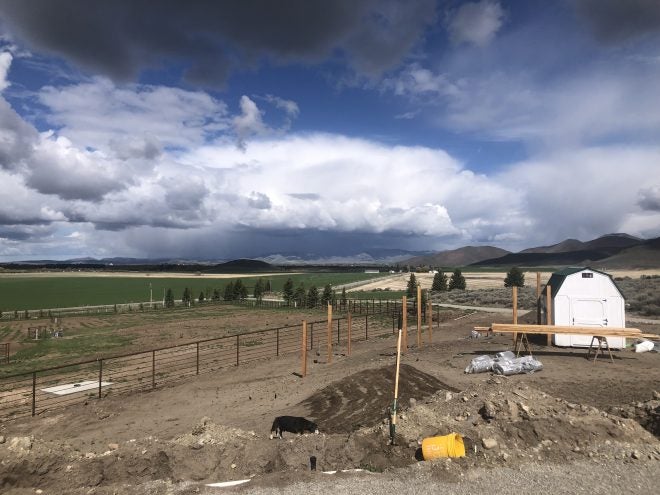
Welcome to our reoccurring series of “Home on the Range.” Here, we would like to share all of our experiences for those who may be homesteading, living off the land, hunting, farming, ranching, and truly investing in nature and the great outdoors. The ability to provide for yourself and your family can be tremendously rewarding and simultaneously difficult at times. So, in “Home on the Range” we want to share our different exploits so you can learn and hopefully we can receive your feedback along the way as well.
Hands Off My Hens
I’ve a nice little flock of a dozen buff orpingtons, who grace us with (right now an absurd amount of) delicious eggs. The problem is, my ranch is in a paradise for raptors of all kinds, as well as badgers, raccoons, foxes, coyotes, wolves, and the occasional black bear (thank god the grizzlies are staying two valleys over, for now). In fact, I’ve nesting red tail hawks in the big trees within 250y of my chicken run. So how to keep the flock from being just a snack for any feathered or furred predator who happens along?
Not just any old fence will do in this situation. There’s some raptors you can keep out of a chicken run by having it be too narrow for an easy landing, but it doesn’t work for all of them. I like having the raptors around as well, as they kill a good amount of rodents, so I don’t want to haze them off. I resolved that in order to keep my chickens from being walking nuggets, I had to fully enclose the run, and that includes from the air. This also keeps out smart raccoons scaling the fence and going to town, which is a way that a few of my friends have lost quite a few chickens.
Step One: A sturdy coop
Chickens are pretty vulnerable when they’re roosting or trying to lay, so be sure to get a coop thats not flimsy at all. I opted to have one built by a local craftsman, and was able to do it for a comparable price to a much less sturdy kit coop. That being said, there are some good ones out there, and I would suggest going down to your local farm supply store to look them over in person, rather than buying one online sight unseen. You’ll be much better able to tell if it can take the prying of a raccoon, badger or small bear (there’s no stopping a determined large bear unless you’re there to deal with it!) if you look at it in person. The exterior door handle to the coop should be vertical or round, to prevent easy use by a raccoon (I still lock it at night though).
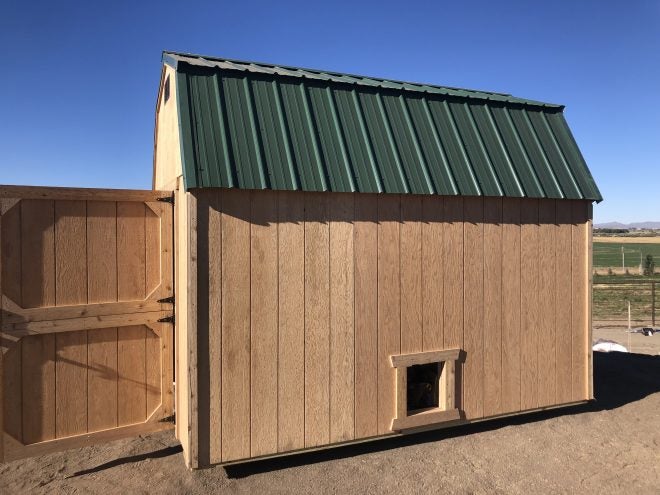
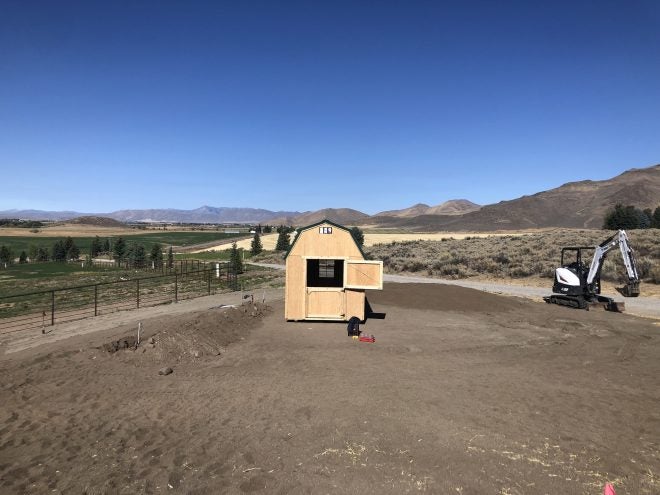
Step two: a secure perimeter
The chicken run itself is 20ftx40ft, plenty of space for my little flock stretch their wings. I opted for a tight woven wire 7ft fence that is attached not only to posts, but also to overhead rails/beams (more on this later). This gives better rigidity and allows for a nice tall doorframe that I can walk in without ducking. The plywood door is within a wooden frame, with no gap and a sturdy, raccoon-proof latch.
Step Three: over the top
On top of the run, I have crossbeams supported by center posts. Attached to these crossbeams is a sturdy, more open wire, encapsulating the top of the run. Not only does this keep out all the flying predators, but it allows me to attach shade netting in the hottest part of the summer. In the winter, it does not trap snow or ice, and will not collapse.
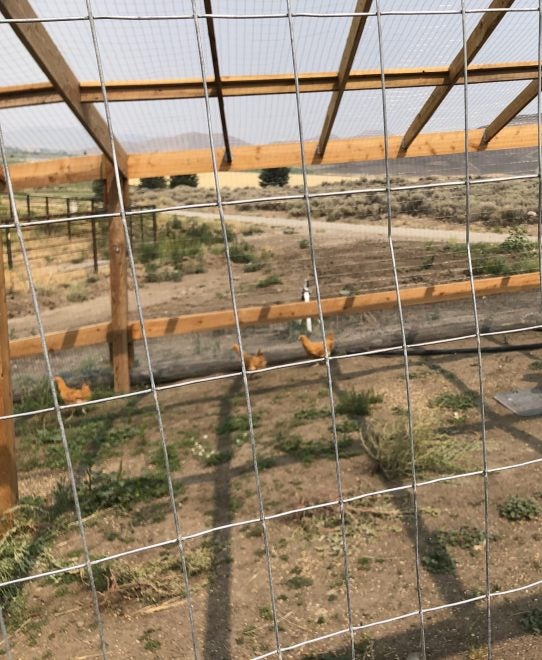
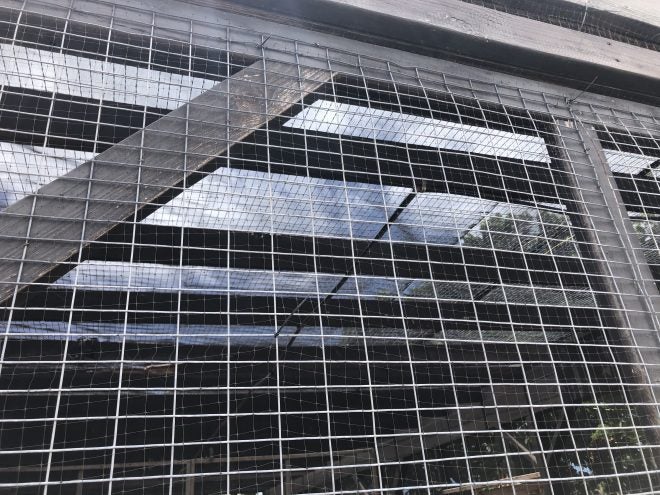
Step Four: defend against diggers
Originally, I had looked at very tight weave snake fencing to keep rattlesnakes from seeking shelter under the coop. I then realized that, properly integrated, the same fencing could keep out badgers, foxes and coyotes who might otherwise dig in. We ran the snake fencing from one foot up one the main fence, down and outward about 3 ft. We then covered the snake fencing with a good layer of dirt, and layer a heavy rock perimeter all around the coop and the run, preventing any digging/undermining.
Does it work?
So far, despite hawks 250y away, a badger that lives 30y away, and numerous coyote attempts, there has not been one breach of the perimeter or predation of my laying hens. My neighbor even saw a young coyote attempting to get in, and then leaving in frustration. Are hens cheap? yes. Do I want to lose any ever? no. If you have a flock of over 50, this technique is not for you. But if you only have a few chickens, and want to keep them from being eaten (by anything else but you), then I hope these tips help keep your flock safe.
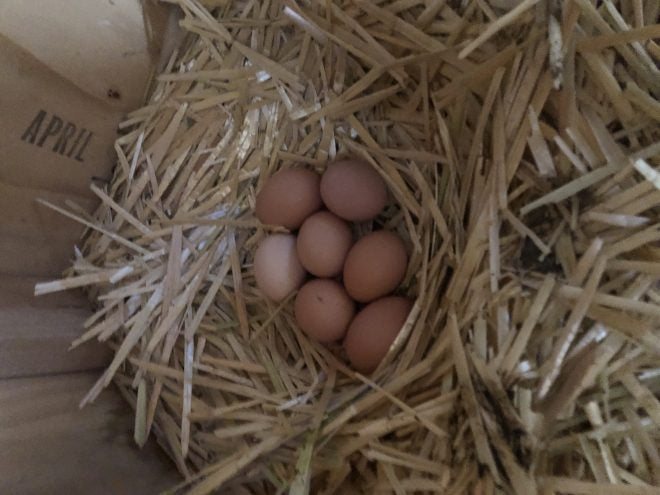
Thanks for reading!